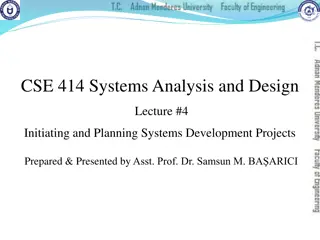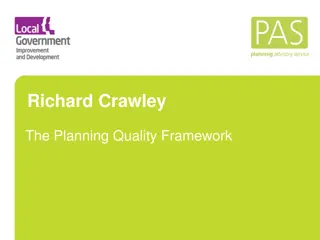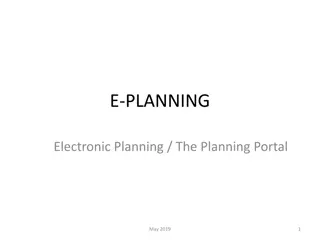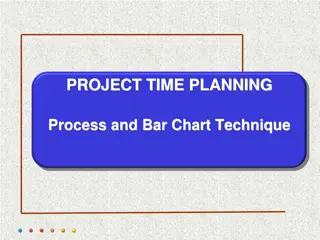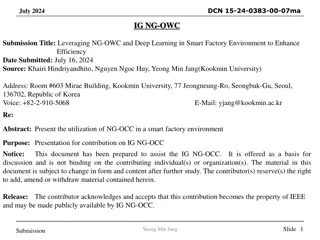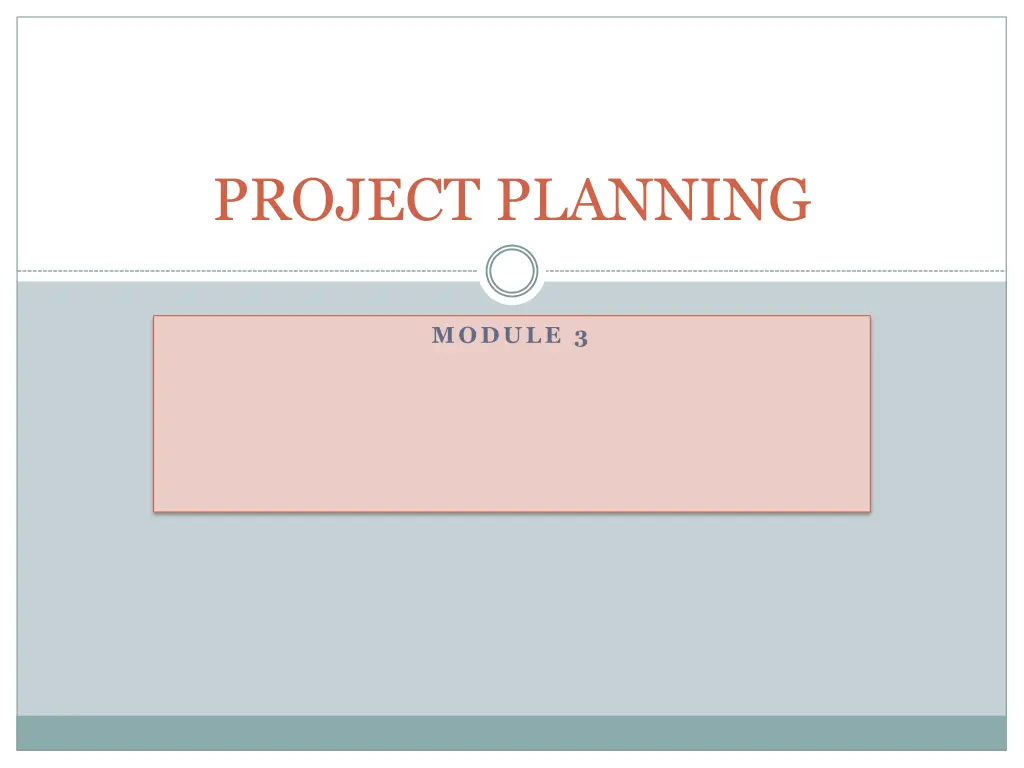
Comprehensive Guide to Business Planning and Feasibility Studies
Explore the importance of business planning, steps in the planning process, project planning, contents of a project report, feasibility study areas, and the significance of feasibility studies. Understand the key aspects and processes involved in setting up a new venture and ensuring its success.
Uploaded on | 0 Views
Download Presentation

Please find below an Image/Link to download the presentation.
The content on the website is provided AS IS for your information and personal use only. It may not be sold, licensed, or shared on other websites without obtaining consent from the author. If you encounter any issues during the download, it is possible that the publisher has removed the file from their server.
You are allowed to download the files provided on this website for personal or commercial use, subject to the condition that they are used lawfully. All files are the property of their respective owners.
The content on the website is provided AS IS for your information and personal use only. It may not be sold, licensed, or shared on other websites without obtaining consent from the author.
E N D
Presentation Transcript
PROJECT PLANNING MODULE 3
Meaning of Business Planning Business planning provides a set of guidelines for new venture. It provides answers to:- What to do? How to do it? When to do it? What to expect?
STEPS IN BUSINESS PLANNING PROCESS To analyse the environment 1. 2. To classify the problems 3. To determine the objectives 4. To collect complete information and data 5. To determine alternative plans 6. To formulate strategies 7. To analyze strategies and plans 8. To implement the strategies and plans 9. To allocate resources 10. To conduct follow-up
Project Planning It is the first step in finalising the project for execution It is a process of designing a project in a orderly manner It is generally undertaken by the promoters Finally a project report is prepared which is the outcome of the entire project planning process
Contents of a project report Brief history and summary of the proposed project Salient features of the project Financial aspects of the project Cost of production Total expected income Technical feasibility details Marketing strategies Importance of project
FEASIBILITY STUDY The term feasibility means the capability of being successful Feasibility study of a project means to find out its future prospects or actual market standing after execution A project needs full scrutiny before actual execution It is not compulsory but desirable If the feasibility report is unfavorable the project should not be executed
AREAS/ TYPES OF FEASIBILITY STUDY Economic Feasibility study- Environment Feasibility study- whether the project is degrading the environment Technical Feasibility study- studies the technicalities in terms of resources ( infrastructure) Operation Feasibility study- Venture feasibility study Commercial feasibility study
Importance of Feasibility study Govt. departments before granting permissions or licence to the project 2. Projects which are technically, financially or economically not viable can be dropped at the initial stage 3. Misuse of funds can be avoided 4. Important to banks and financial institutions 5. Enables the promoters to take clear decisions 1.
BUSINESS UNIT PROMOTION A new business is promoted in order to exploit a new invention or take some advantage of some new line of commercial activity STAGES OF BUSINESS UNIT PROMOTION:- 1. Discovery of Business Opportunity 2. Size of the Business Firm/ Plant 3. Decide the Nature of Project 4. Registration of Business 5. Obtain Clearances 6. Location of the Business Enterprise 7. Financial Planning 8. Tax Planning 9. Manpower Recruitment
FACTORS DETERMINING LOCATION STRATEGIC SECONDARY PRIMARY
PRIMARY FACTORS Infrastructure facilities 1. 2. Nearness to the market 3. Availability of labour 4. Availability of raw materials 5. Availability of essential services
SECONDARY FACTORS Law and order situation 1. 2. Sound industrial relations 3. Proximity to sub contractors 4. Social infrastructure 5. Safety requirements 6. Financial facilities 7. Favorable climatic conditions 8. Scope for expansion
STRATEGIC FACTORS Government policies 1. 2. Need for decentralization 3. Balanced industrial growth
ROLE OF GOVERNEMNT IN PROMOTION Assistance from state government 1. 2. Priority in providing credit 3. Assistance from banks 4. Integrated infrastructure development scheme 5. Composite credit facility 6. Marketing development Assistance 7. Seed capital scheme
LICENCING In 1991, GOI issued a notification relating in the industries sector There are no licencing restrictions in SSI In majority of business no licence is required except in case of six products group which requires compulsory licencing
REGISTRATION PROCEDURE A business unit must be registered with the concerned District Industrial Office of the Directorate of industries Provisional registration- valid for one year 2. Permanent registration 1.
REGISTRATION OF BUSINESS Registration under the Companies Act, 2013 Indian Partnership Act, 1932 Registration with sales Tax Registration with Income tax Registration with central excise authorities Registration under the Bombay shops and Establishment Act, 1948 Registration for Food and Drugs Administration licence Registration with Pollution control board Registration with DGFT- firms interested in export trade) 10. DIN( Director identification number) , TIN (tax information network) and TAN ( tax deduction and collection) numbers 11. PAN 12. GST Registration 1. 2. 3. 4. 5. 6. 7. 8. 9.
FILING RETURNS Filing Annual Return 1. 2. Filing of Annual Accounts 3. Filing of Entrepreneurs Memorandum 4. Filing of special resolution 5. Filing memorandum and articles of association 6. Filing of statutory reports 7. Filing of Corporate Tax Returns
IMPORTANT LEGAL PROVISIONS Companies Act, 2013 Micro, Small and Medium Enterprises Development (MSMED) Act, 2006 FEMA, 1999 Indian Contract Act, 1872 Sales of goods Act, 1930






